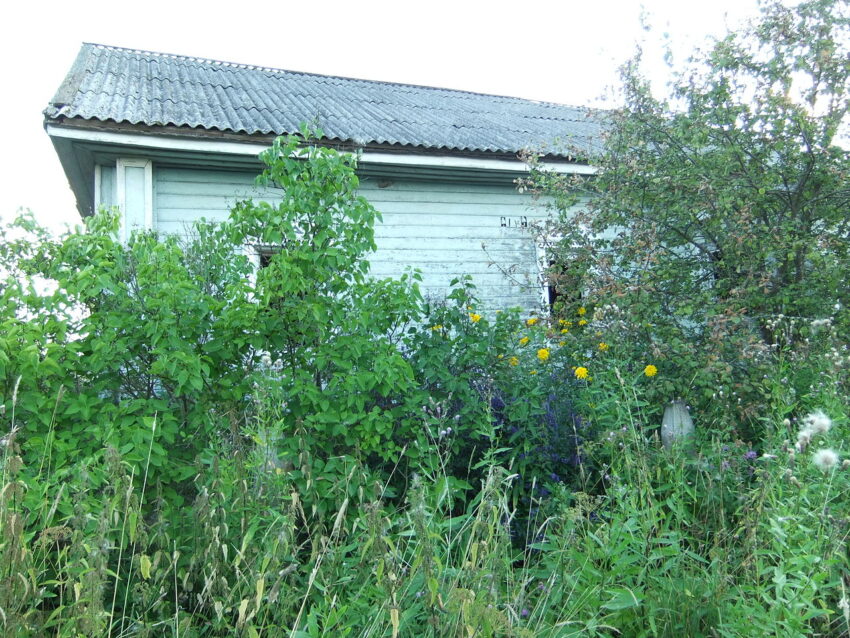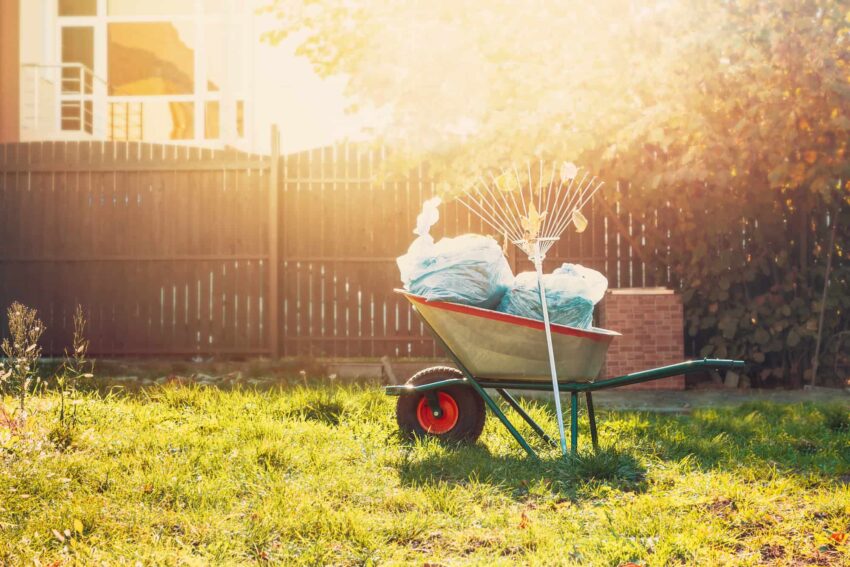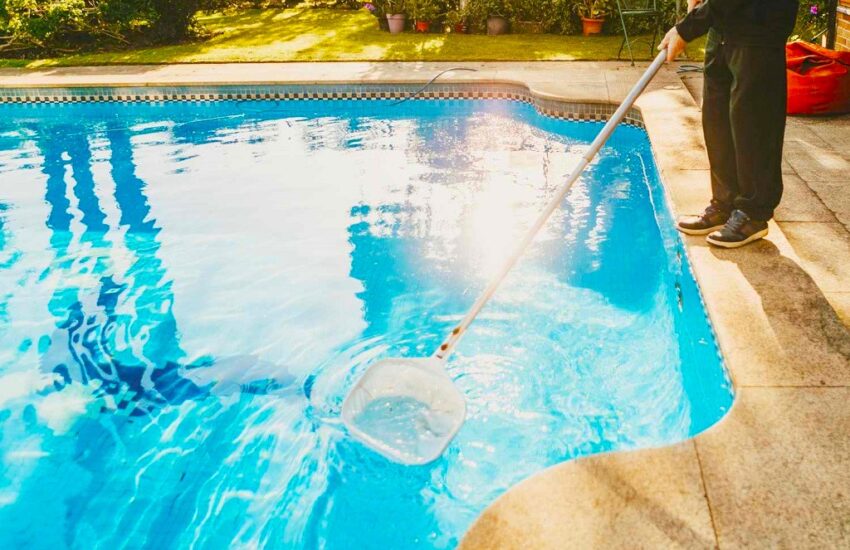Have you ever found yourself getting frustrated while gardening, cutting the lawn, or clearing the overgrown backyard? It is these yard tasks that can be among the most tedious and time-consuming. If you are looking to simplify the process of clearing an overgrown yard, herbicide application might be a good option for you. Herbicides are commonly used to kill unwanted vegetation and control weeds. While herbicides have a number of benefits, they do have some disadvantages too. In this blog, we will explore the benefits and risks of herbicides in overgrown yard clearance.
What is the overgrown yard?

An overgrown yard is a yard that has been neglected over time and lacks order, often featuring tall vegetation, weeds, and blurred garden edges. It can be hard work to reclaim one, but with the right approach, it can be an enjoyable and productive experience.
Reclaiming an overgrown backyard can require lawn mowing services or the intervention of the homeowner. They could prune shrubs, weed the garden, and control mosquitoes. Additionally, homeowners could replace part of the grass lawn with white clover. This requires less water, sunlight, and mowing than grass lawns and provides a sustainable option for the yard.
To prevent accidental chopping of plants or flowers during mowing, homeowners could mark them with tags or string. The tag could include the location of the plant or flower in the yard, as well as its name and any special features. This way, the homeowner would know not to mow that part of the yard without pruning it first.
How to clear overgrown yard with herbicide
If you have an overgrown yard, it can be hard to keep the weeds under control. One way to clear the yard of weeds is by using a nonselective herbicide such as glyphosate. This chemical can destroy many types of plants, including lawn grasses. Before applying the herbicide, be sure to read the product’s label and follow the instructions.
When applying the herbicide, wear protective clothing, such as gloves and a long-sleeved shirt, and avoid exposure to sunlight or wind. When using glyphosate, wait until the soil is dry before raking or mowing the lawn or garden. This will help prevent the potential for harm to plants growing in the area. After applying the herbicide, rake, and mulch fallen leaves to provide nutrients and weed suppression. This will help ensure that the grass gets the nutrients it needs to grow healthily.
Preparation for herbicide application
Before herbicide application, consider the following steps to prepare your lawn for the chemical treatment:
– Fertilise your lawn in spring to improve the lawn’s overall health and attractiveness. This will help the herbicide remain effective and reduce the likelihood of unwanted weed growth.
– Aerate and dethatch the lawn to improve its water retention and aeration. This will help the herbiate have better access to the soil and be more effective at breaking down the weed foliage.
– Make sure all hoses, fountains, drip irrigation systems, sprinklers, and other water features are drained prior? herbicide application. This will allow for optimal control of the herbicide and minimize any damage to the lawn’s underlying vegetation.
– Choose a suitable herbicide for the job based on a thorough review of the product label and guidelines specific to the weed species you’re targeting. After applying the herbicide, follow up with a thorough watering to ensure the herbicide has been properly absorbed.
For best results, apply herbicides on a monthly basis throughout the growing season.
Risks associated with herbicide use
While herbicides are powerful tools for clearing overgrown lawns, improper use of the herbicide can lead to a variety of negative outcomes for the plants and grass in the backyard.
Using herbicides incorrectly can create unwanted damage to the plants and grass in the backyard. The herbicide may not be applied appropriately or may be overused, causing possible damage to the plants or grass. Overuse of herbicides can also lead to an unhealthy environment for other creatures, like birds, insects, and fish.
In addition, using herbicides incorrectly may also lead to adverse health effects for people. If herbicides are used improperly, they could potentially cause respiratory problems.
Finally, using herbicides near water sources could potentially contaminate the water and be a risk to the environment.
Conclusion
Clearing an overgrown yard can be a gardening task that you can start right away. It’s not difficult if you follow the herbicide method we mentioned above. In most cases, herbicides work best because they address the overgrowth of weeds and grasses simultaneously. Start by cutting the overgrowth short with pruning shears or gardening tools and applying herbicides targeted to weeds and grasses. Follow up with frequent watering to help vegetation regrow and apply mulch to help keep the plants cool and moist. If the yard is still overgrown after a month of regular application, it’s time for professional landscaping help. Comment below if you have more questions on clearing overgrown yards!
You may like to read Live Like a Celebrity: Experience the Santa Monica Summer House








